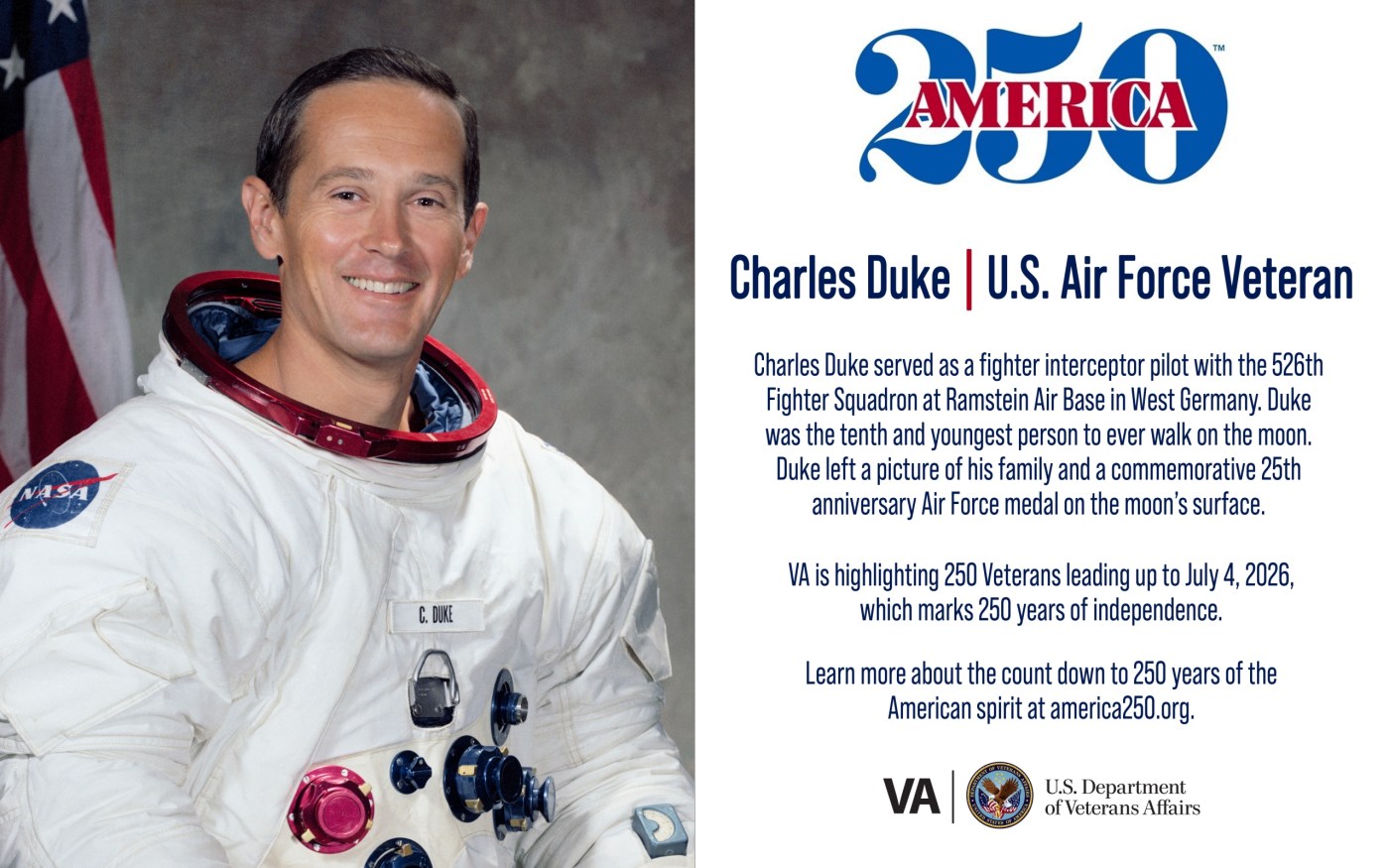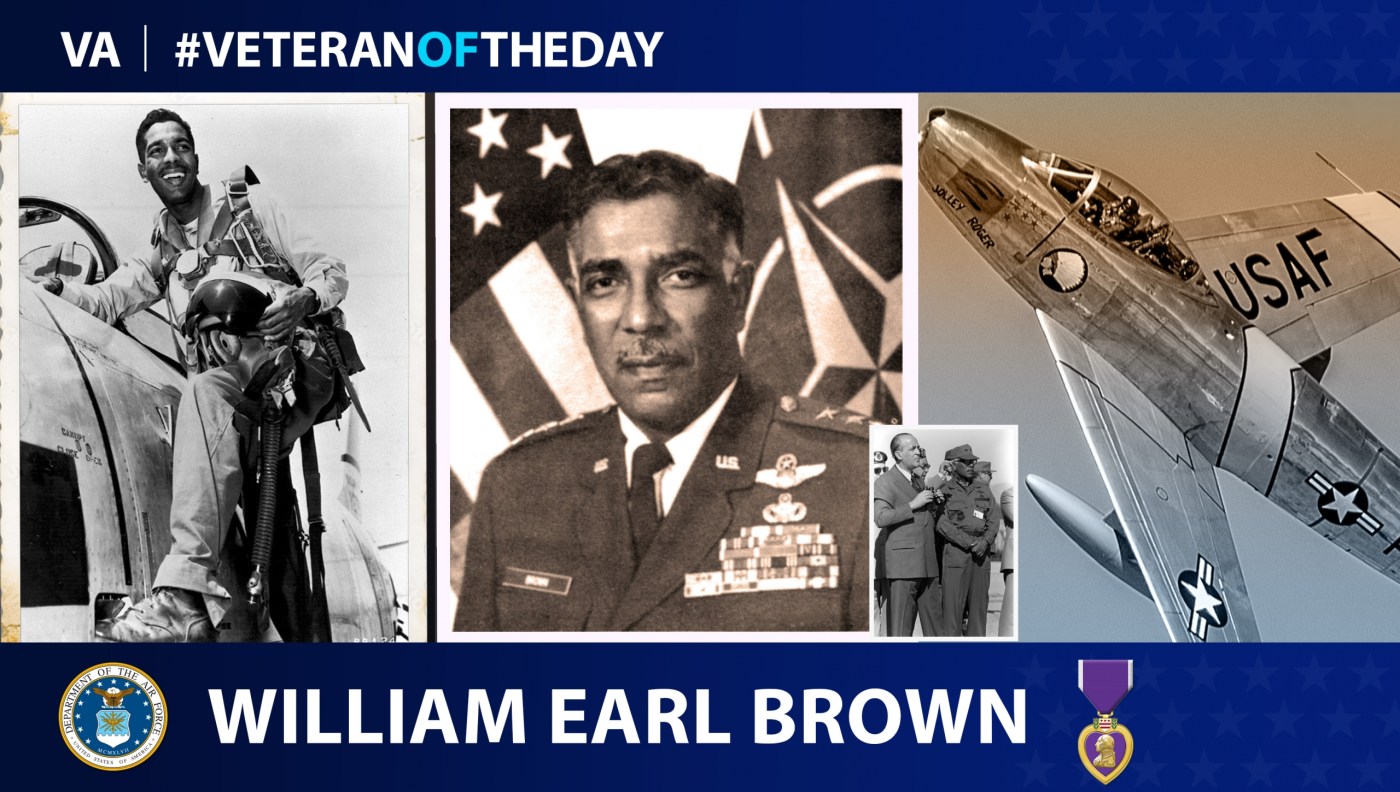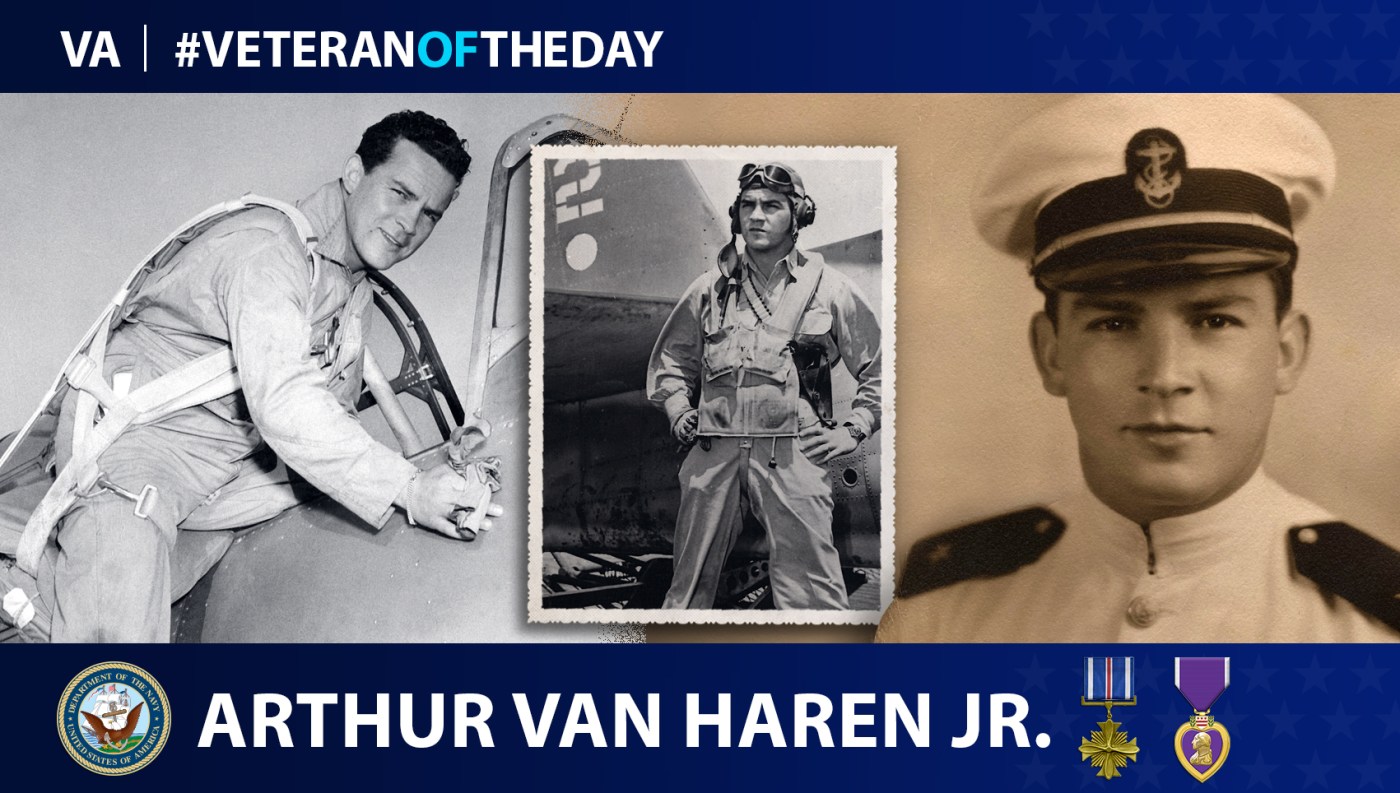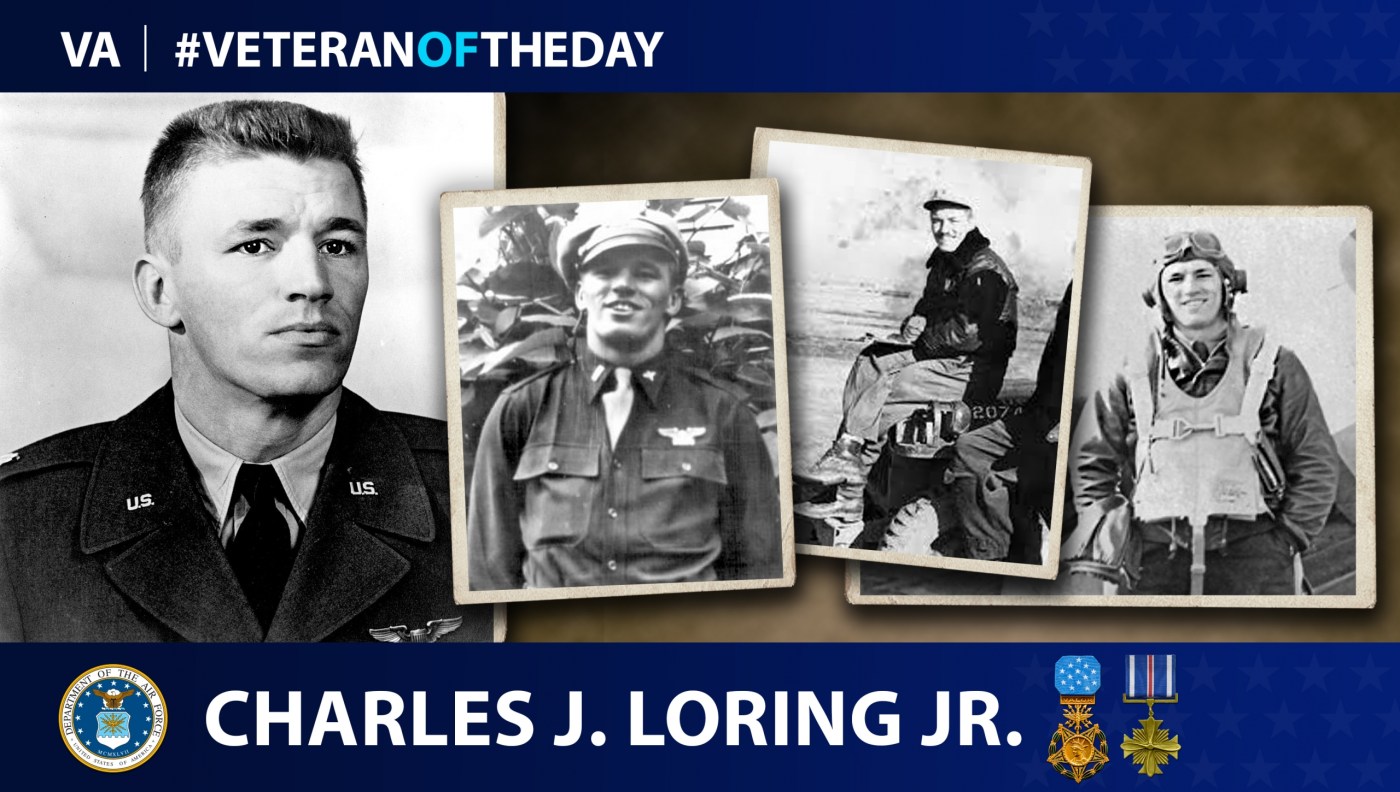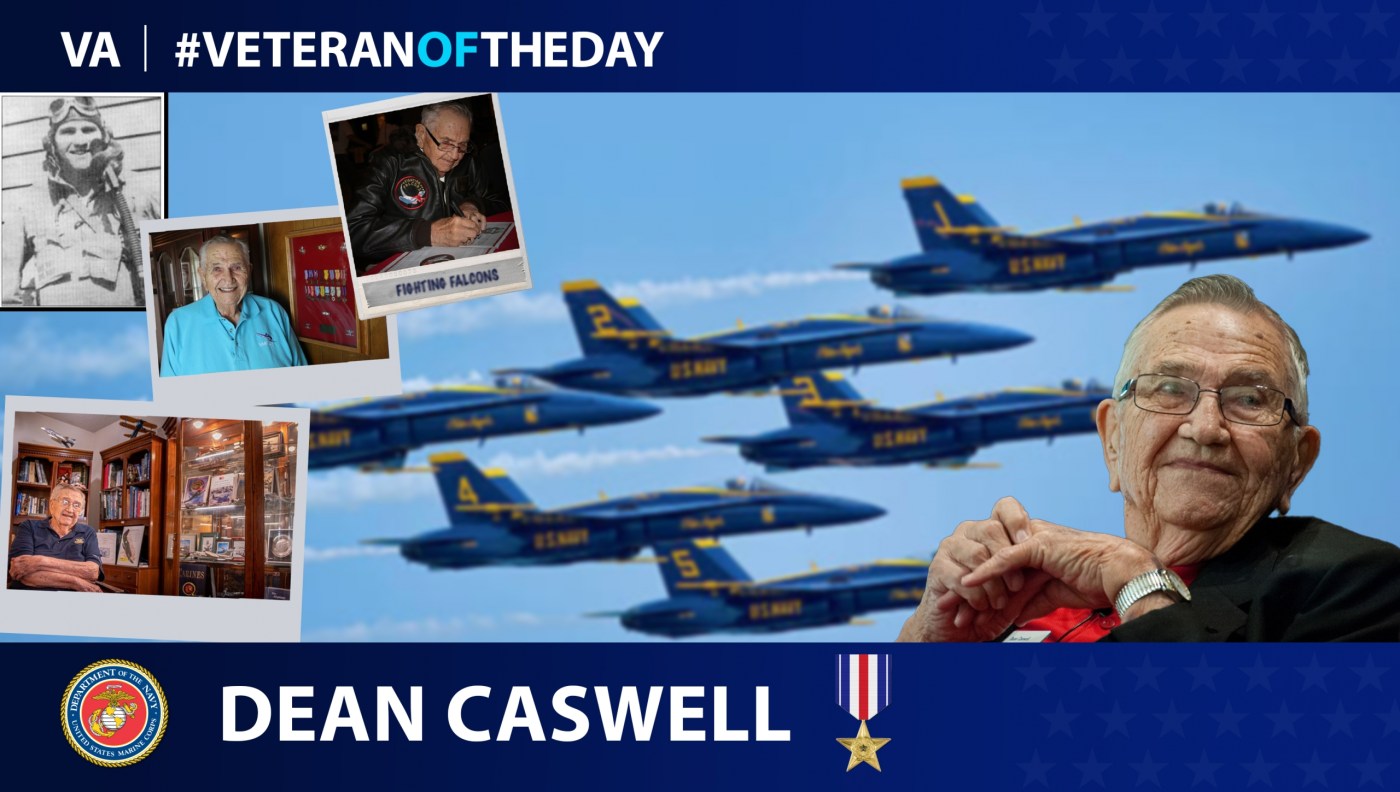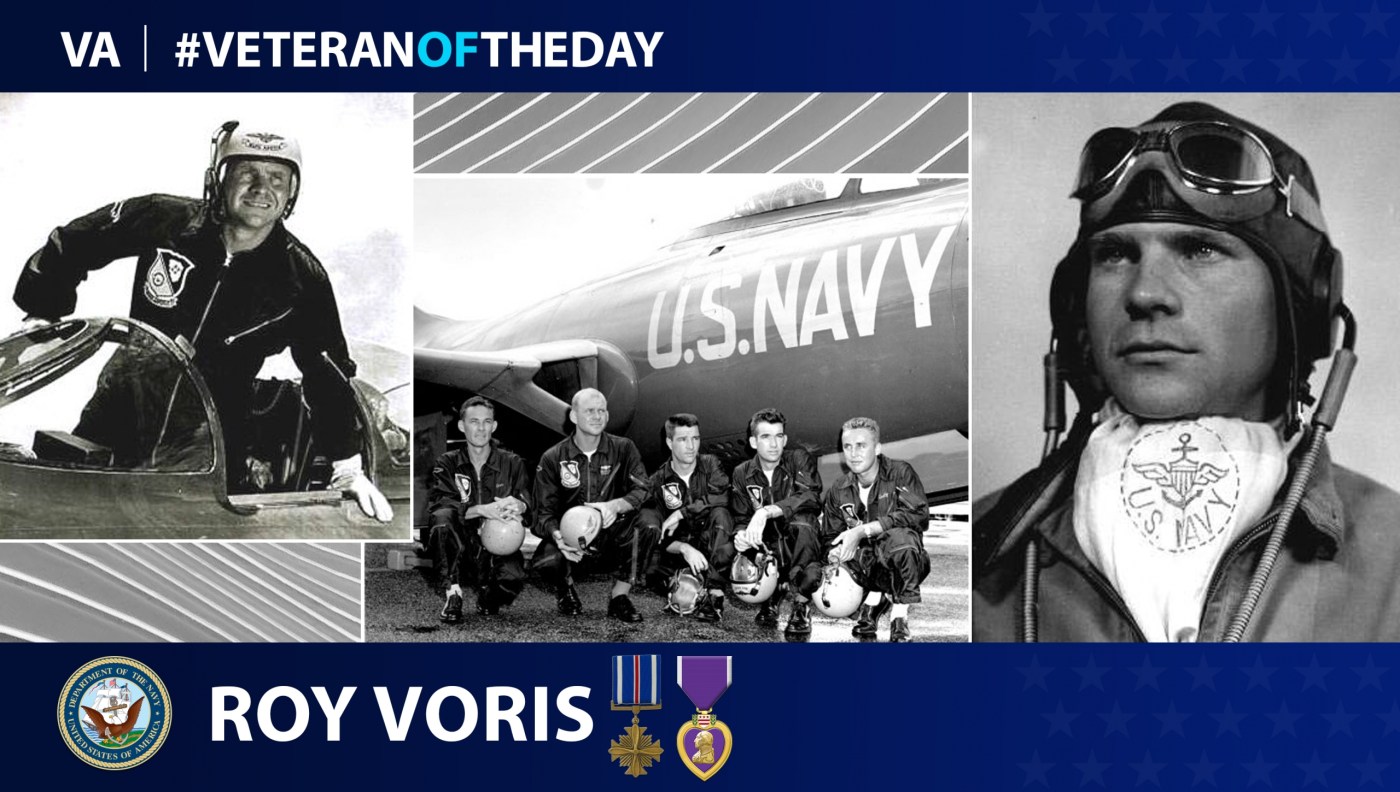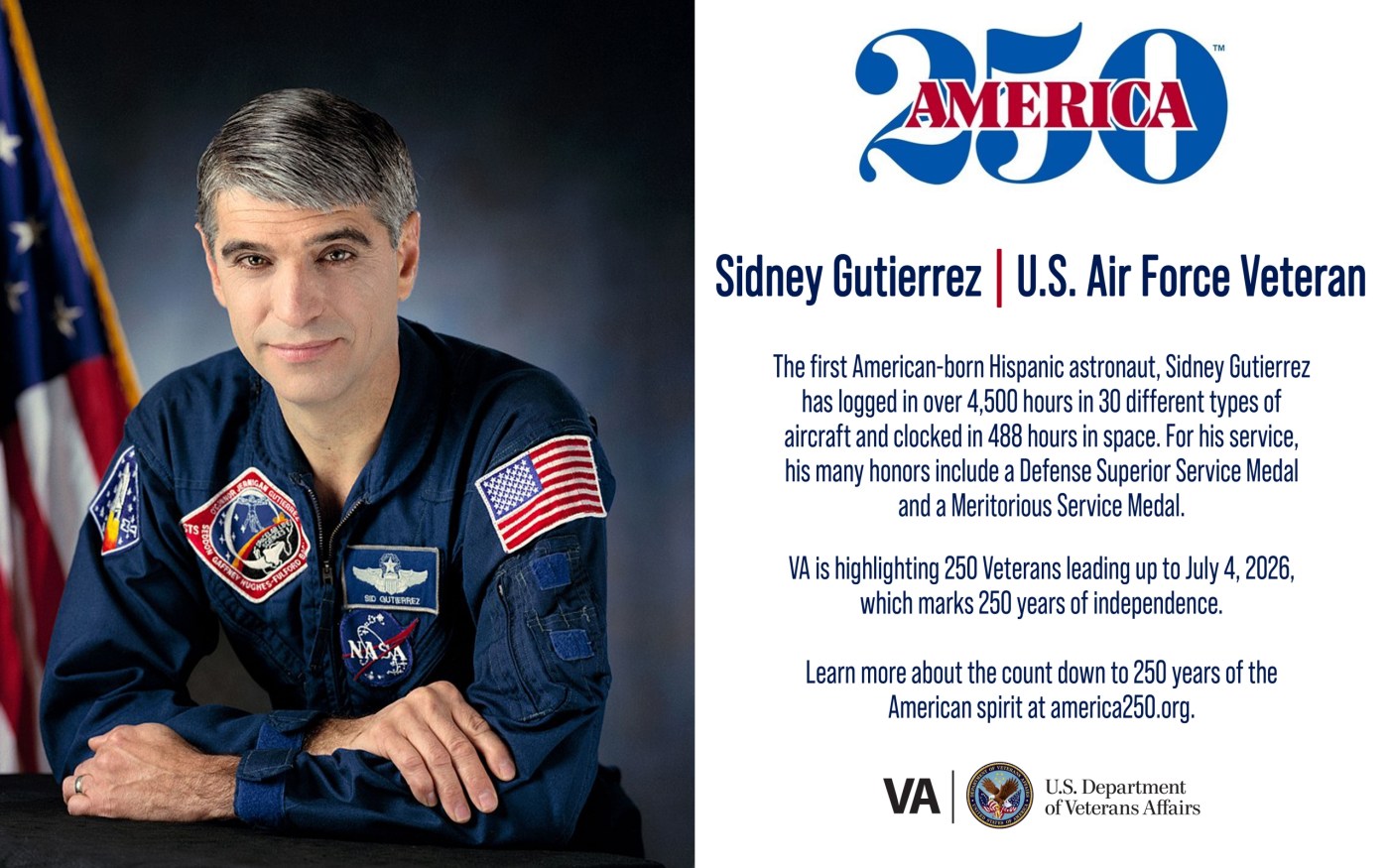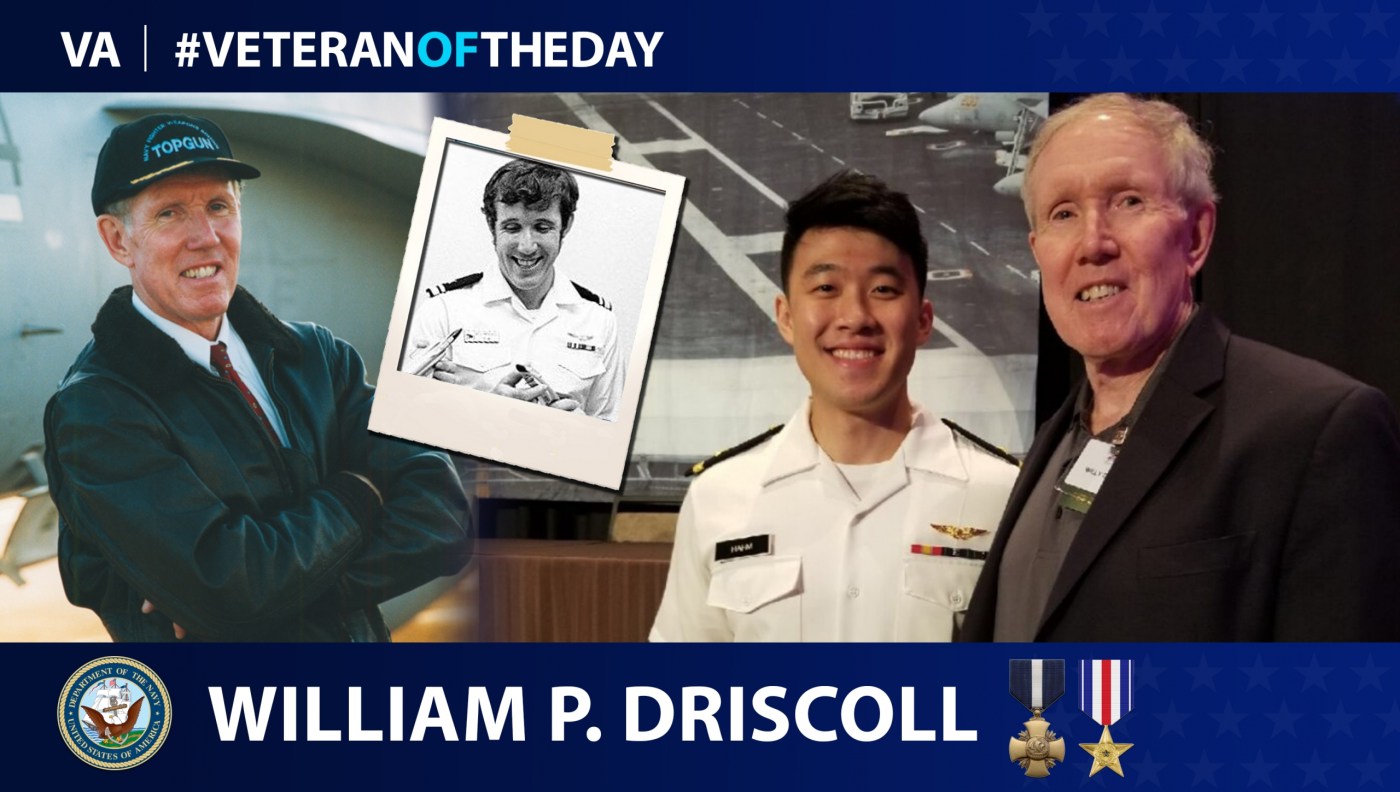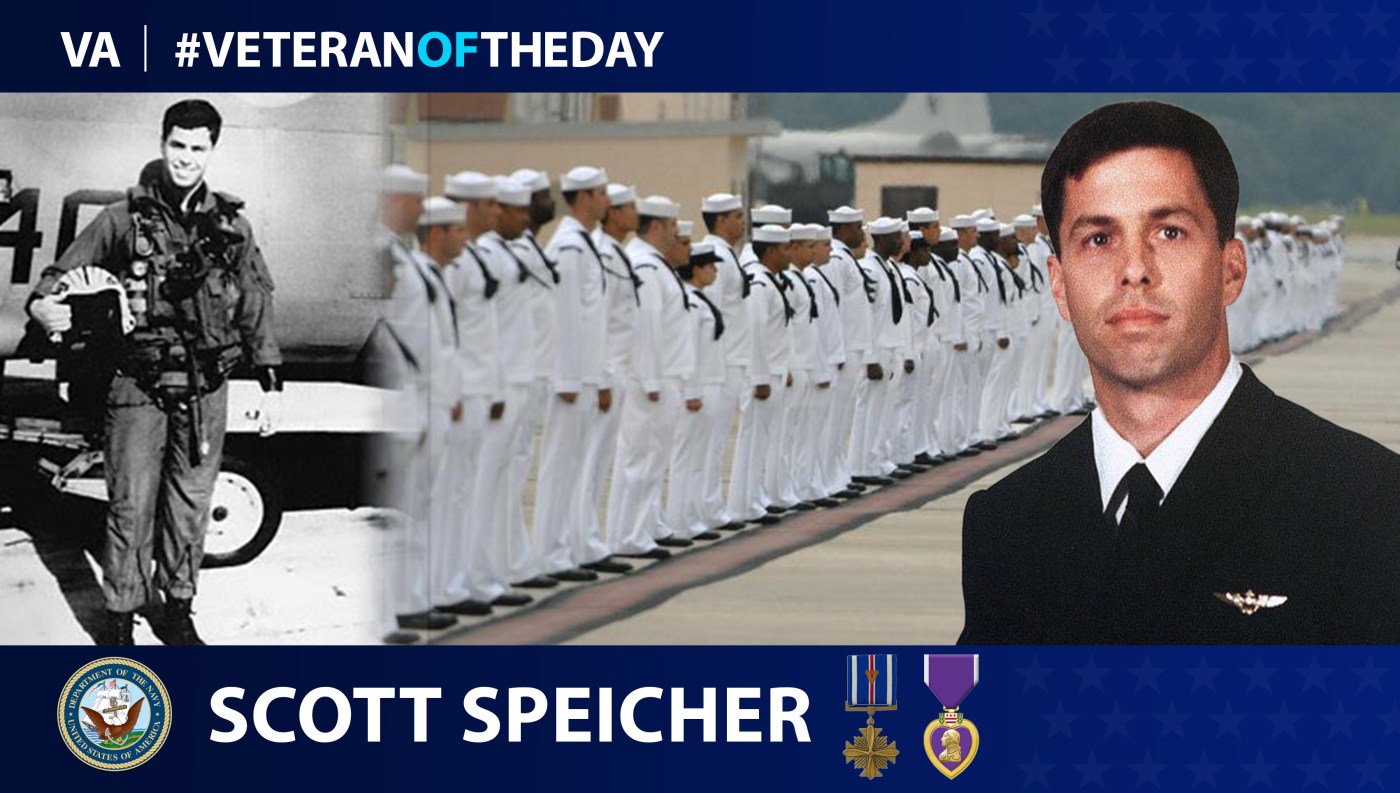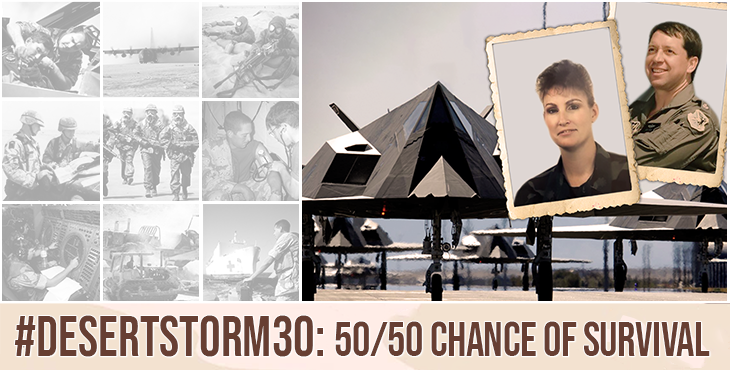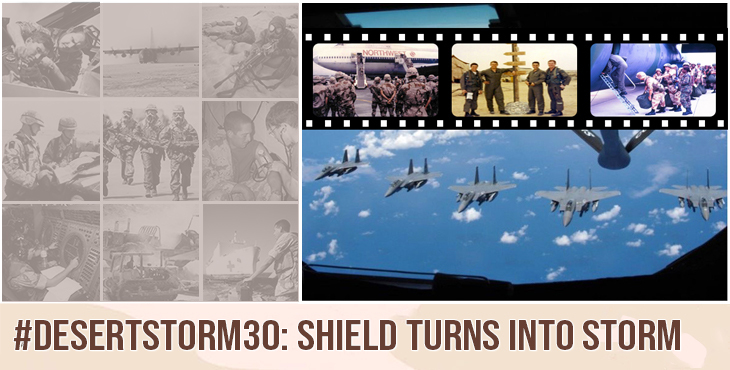This week’s America250 salute is Air Force Veteran Charles Duke, a fighter interceptor pilot who became the youngest man to walk on the moon.
Today’s #VeteranOfTheDay is Air Force Veteran William Earl Brown Jr., who served as an aviator during the Korean War and Vietnam War.
Today’s #VeteranOfTheDay is Navy Veteran Arthur Van Haren Jr., who fought as an ace fighter pilot during World War II.
Today’s #VeteranOfTheDay is U.S. Army Air Forces Veteran Charles J. Loring Jr., who served as a fighter pilot during World War II and the Korean War.
Today’s #VeteranOfTheDay is Marine Corps Veteran Dean Caswell, who served as a pilot during World War II, the Korean War and the Vietnam War.
Today’s #VeteranOfTheDay is Navy Veteran Roy Voris, who served as a fighter pilot during World War II and founded the Navy Blue Angels.
This week’s America250 salute is Air Force Veteran Sidney Gutierrez, who served as an F-16 test pilot before becoming the first Hispanic American NASA astronaut.
Today’s #VeteranOfTheDay is Navy Veteran William P. Driscoll, who received a Navy Cross and two Silver Stars during Vietnam.
Today’s #VeteranOfTheDay is Navy Veteran Joe Frank Edwards Jr., who served as a fighter pilot during the Persian Gulf War and a NASA astronaut.
On the 30th anniversary of Desert Storm, today’s #VeteranOfTheDay is Navy Veteran Michael Scott Speicher, an F/A-18 pilot who was the first combat casualty.
When Air Force Veteran Greg Feest took off in his F-117 Jan. 16, 1991, there was a 50/50 chance he wasn’t coming back. Iraq was one of the most heavily defended airspaces in history. According to the Gulf War Air Power Survey, there were 972 anti-aircraft artillery sites, 2,404 guns and 6,100 mobile guns. There were also surface-to-air missiles: 6,500 SA-7s, 400 SA-9s, 192 SA-13s, and 288 SA-14s. Pilots spent months planning operations, developing routes and making target lists during Operation Desert Shield. During that planning, the numbers were grim. For the 12 F-117s that left Jan. 16, commanders said six might not return. Most spouses didn’t know when the Desert Storm air war started and watched the TV coverage from the U.S. Bridget McGovern, Feest’s wife and also an Air Force Veteran, knew hours before. She watched from a command center at their base in Saudi Arabia.
The U.S did not take long to respond to Iraqi President Saddam Hussein occupying neighboring Kuwait Aug. 2, 1990. Five days later, President George H.W. Bush ordered Americans to the region to start Operation Desert Shield. Air Force Veteran Howard “Pip” Pope, commander for the 71st Tactical Fighter Squadron, was among the first American forces to arrive. Leading a squadron known as the “Ironmen” flying F-15s, they deployed with little notice in a matter of days. After a 14-hour flight from Langley Air Force Base in Virginia, they arrived at Dhahran Air Base in Saudi Arabia. Pope kept a diary of the events, excerpts of which follow.

